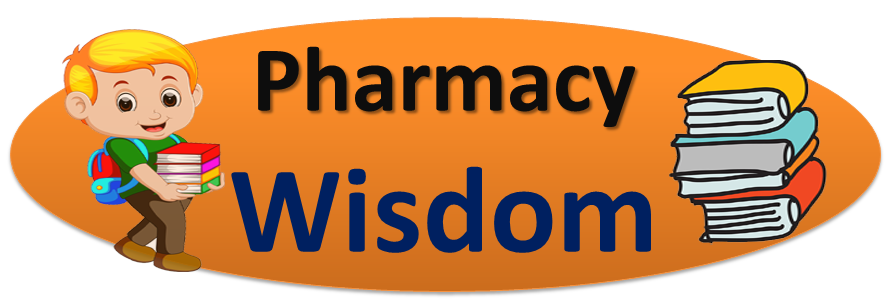
CNS Stimulant - Pharmacology B. Pharma 5th Semester PDF Notes
CNS Stimulant
Content
CNS Stimulants
• CNS Stimulants
• Drugs act as an CNS stimulant
• Pharmacology of CNS Stimulants
• Adverse effects
Intended Learning Outcomes
At the end of this lecture, student will be able to
• Describe CNS Stimulants
Nervous System
• Nervous system can be classified into
• Central Nervous System (CNS) Brain and spinal cord
• Peripheral Nervous System (PNS( The nervous system outside of the brain and spinal cord
Peripheral Nervous System (PNS)
Divided in to
1- Sensory division (afferent)
• Conducts impulses from receptors to the CNS and Informs the CNS of the state of the body
2- Motor division (efferent)
• Conducts impulses from CNS to effectors organs
Motor Neurons
• The motor division is also divided into
1- Somatic nervous system:
• VOLUNTARY (generally) Somatic nerve fibers that conduct impulses from the CNS to skeletal muscles
2 - Autonomic nervous system:
• INVOLUNTARY (generally) Conducts impulses from the CNS to smooth muscle, cardiac muscle, and glands
Neurons
• They are the basic functional unit of the nervous system.
• They contain three major parts:
1. Cell body
2. Dendrites
3. Axon
Neurotransmitters CNS
They can be classified into:
1. Excitatory:
• Ach, glutamate, aspartate, serotonin and NE.
2. Inhibitory:-
• GABA , glycin
CNS Stimulants
Definition
• “Stimulants are a substance which tends to increase behavioral activity when administered”
They can be divided based on their site of action:
• Cerebral stimulants (Amphetamines)
• Medullary stimulants (Picrotoxin)
• Spinal stimulants (Strychnine)
Signs and symptoms
• Elevate Mood
• Increase Motor Activity
• Increase Alertness
• Decrease need for Sleep
In case of overdose lead to convulsion and death
MOA of CNS Stimulants
• Block neurotransmitters reuptake (Most reuptake inhibitors affect either NE or 5-HT(Serotonin): Cocaine
• Promote neurotransmitters release : Amphetamine
• Block Metabolism - MAO inhibitors (monoamine oxidase): ex. Phenelzine
• Antagonize the effect of inhibitory neurotransmitter: Picrotoxin & Strychnine
Amphetamine
MOAs:
• Block the reuptake of norepinephrine and dopamine into the presynaptic neuron and increase the release of these monoamines into the extra neuronal space.
Clinical use:
• Narcolepsy
• Attention-deficit hyperactivity disorder
Adverse effects:
• Cardiovascular: Hypertension
• Endocrine metabolic: Weight loss
• Gastrointestinal: Abdominal pain, Loss of appetite, Xerostomia.
• Neurologic: Headache, Insomnia.
• Psychiatric: Feeling nervous.
After injecting, the mice with amphetamine you will notice:
• Hair erection
• Licking
• Stereotype
• Sniffing
Picrotoxin
MOA:
• Non-competitive antagonist of GABA receptors.
• After injecting the mice with picrotoxin you will notice:
- Clonic convulsion characterized by:
• Asymmetric
• Intermittent
• Spontaneous
• Coordinated
Strychinine (Nux vomica)
MOA:
• Competitive antagonist of the glycin receptors
After injecting the mice with Strychinine you will notice:
Tonic convulsion characterized by:
• Symmetric
• Reflex in origin
• Continuous
• Uncoordinated
Summary
• CNS Stimulants are different from antidepressants
• Act through excitatory neurotransmitters
• Caffeine and amphetamine are the main drugs in this category





0 Comments: